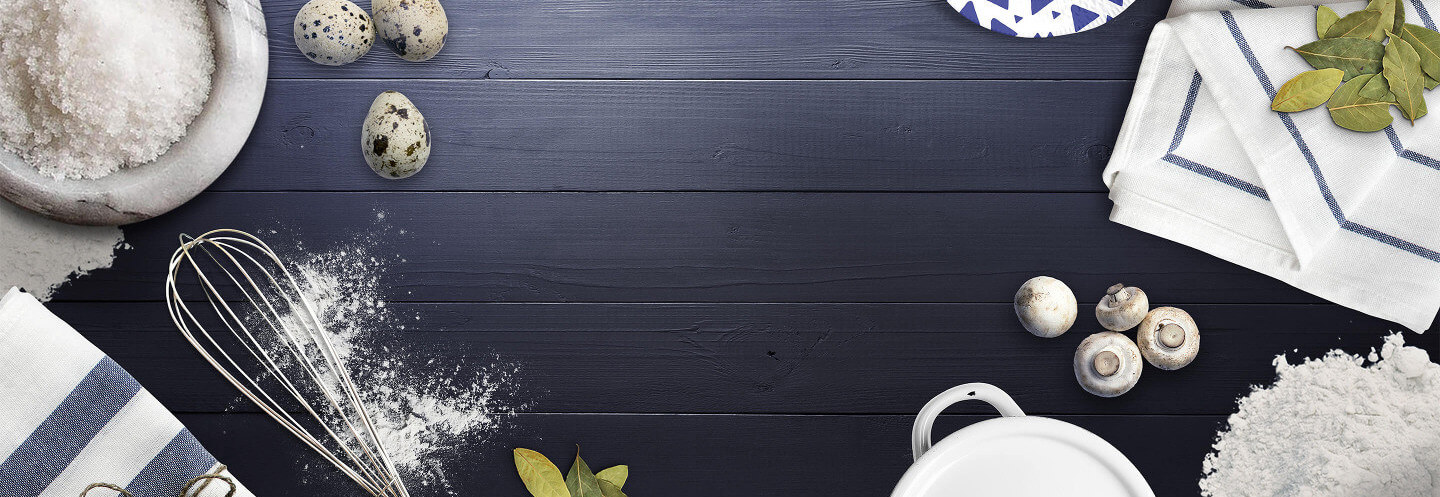https://www.copymethat.com/r/JBgZQjXCe/sauerkraut/
61300289
wycGTb4
JBgZQjXCe
2024-10-27 10:24:00
loading...
A flavourful sauerkraut inspired by tradition
Servings: Approx 2 gallons
Servings: Approx 2 gallons
Ingredients
- 4 large green cabbages, thinly sliced into short strips
- 2tbs whole caraway seeds (1tbs if crushed)
- 2 large carrots, peeled into cut into match sticks
- 3 large white onions, cut into strips
- Sea Salt to taste
Steps
- Mix all the vegetables and caraway seeds into the pot
- Salt generously and mix well. Taste a small piece. It should be pleasantly salty. You want a good amount of salt to ferment but not so much that you won’t eat it!
- Begin to squeeze, pound, and message the vegetables to release their water. (This can take a very long time. Take breaks and come back to it if needed, just cover it in between. It’s taken me upwards of a whole day before)
- Once there is enough brine to fully cover everything when you press down gently, it’s ready to be packed into a crock or jar. It should have reduced in volume by almost ¾ at this point.
- Pack kraut tightly to avoid air bubbles and Have as much brine on top as possible. You will need to use something to weight it down and keep it under the brine. You don’t want any exposed to the air. I use sandwich bags full of salted water (won’t hurt the brine if it leaks).
- Cover your jar, crock or whatever you are using loosely or with an air lock if you have it. Set it out of direct sunlight, at room temp for about a month. Taste it along the way, you will know when it’s ready.
- Place the whole vessel (or pack into multiple smaller jars) into the fridge. This will stop the fermentation process and preserve it for you to eat. Enjoy!
Notes
- 1. This recipe has been adapted from “to taste” methods. Feel free to use more or less of these ingredients (except the cabbage of course!). I find once you make it a few times, you will get a feel for what you like and feel more confident experimenting.
- 2. The fresh cut veggies will be very bulky, have the largest pot or bucket available to process them in until they soften and get smaller in volume.
- 3. NON-IODIZED SALT. You can use any kind of salt you prefer so long as it isn’t table or iodized. This will kill your ferment as it prevents the beneficial bacteria from thriving.
- 3. Be very careful using a steal pot to process your vegetables, it will start to rust and oxidize within a few hours and leave your kraut with a bad taste.
- 4. Fermenting is a beautiful living process, a lot of environmental factors go into how long it takes to how it turns out. It is very forgiving though. Make sure your materials are reasonably clean and just have fun with it. This is just my own method, there are plenty out there and you will figure out your own way as well.
- 5. How long your kraut takes really depends on you. Ferments are faster in warmer rooms and slower in cooler ones. You can finish your kraut at any time, there is nothing wrong with enjoying it green and crunchy as opposed to very mature and soft. Taste along the way and leave it as long as you want so long as there is no mold present.


